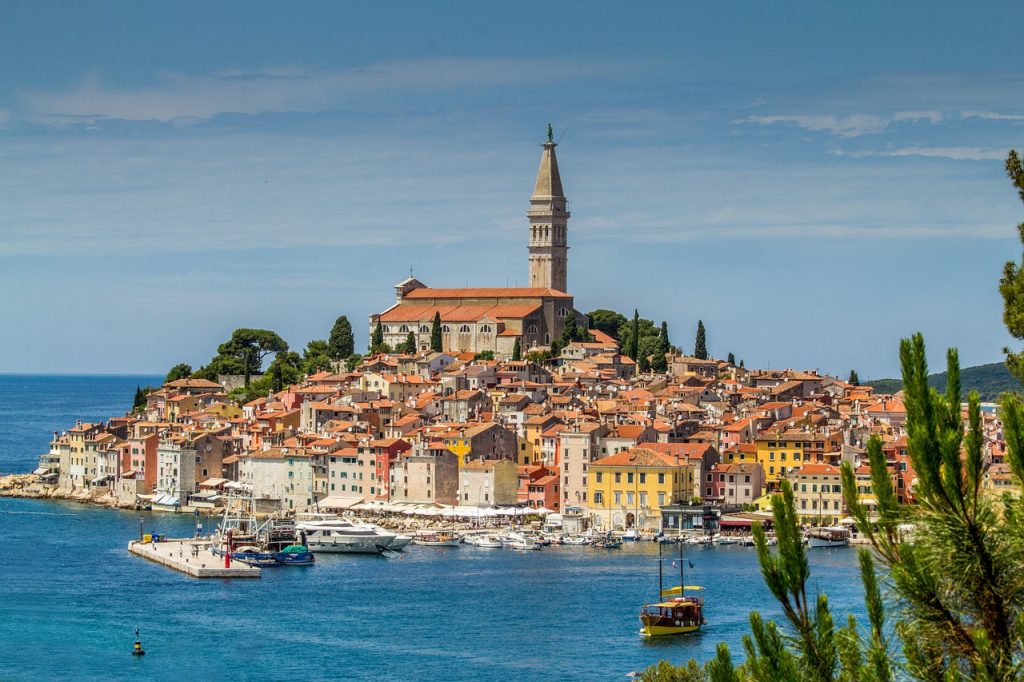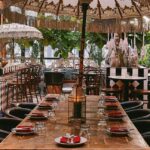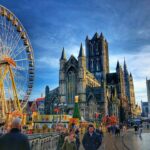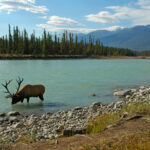Croatia, a stunning country situated along the Adriatic Sea in Southeastern Europe, offers visitors a perfect blend of natural beauty, cultural heritage, and modern amenities. This guide will help you plan the ultimate Croatia itinerary, outlining essential destinations and top experiences for a memorable trip.
II. Key Cities and Attractions
A. Zagreb
The capital of Croatia, Zagreb, is the perfect starting point for any Croatia itinerary. The city is known for its vibrant atmosphere, historic architecture, and numerous museums and galleries. Key attractions include:
Ban Jelačić Square: The heart of Zagreb, featuring bustling cafes, shops, and an iconic statue of Count Josip Jelačić.
Zagreb Cathedral: A stunning Gothic cathedral and the tallest building in Croatia.
Lotrščak Tower: An iconic tower offering panoramic views of the city, famous for its daily cannon fire at noon.
B. Split
Split, the second-largest city in Croatia, is renowned for its ancient Roman architecture and beautiful coastal views. Essential experiences include:
Diocletian’s Palace: A UNESCO World Heritage site, this 1,700-year-old Roman palace complex features impressive architectural details and numerous shops, restaurants, and cafes.
Riva Promenade: The perfect place to enjoy a leisurely walk, with stunning views of the Adriatic Sea.
Marjan Hill: A forested park with picturesque trails, providing panoramic views of Split and its surroundings.
C. Dubrovnik
Often referred to as the “Pearl of the Adriatic,” Dubrovnik is famous for its well-preserved medieval city walls and enchanting Old Town. Key sights include:
City Walls: Walk along the 2km-long fortified walls, offering breathtaking views of the city and the Adriatic.
Stradun: The main street in Dubrovnik’s Old Town, lined with historic buildings, shops, and cafes.
Lovrijenac Fortress: A historic fortress situated just outside the city walls, offering stunning views of Dubrovnik and the sea.
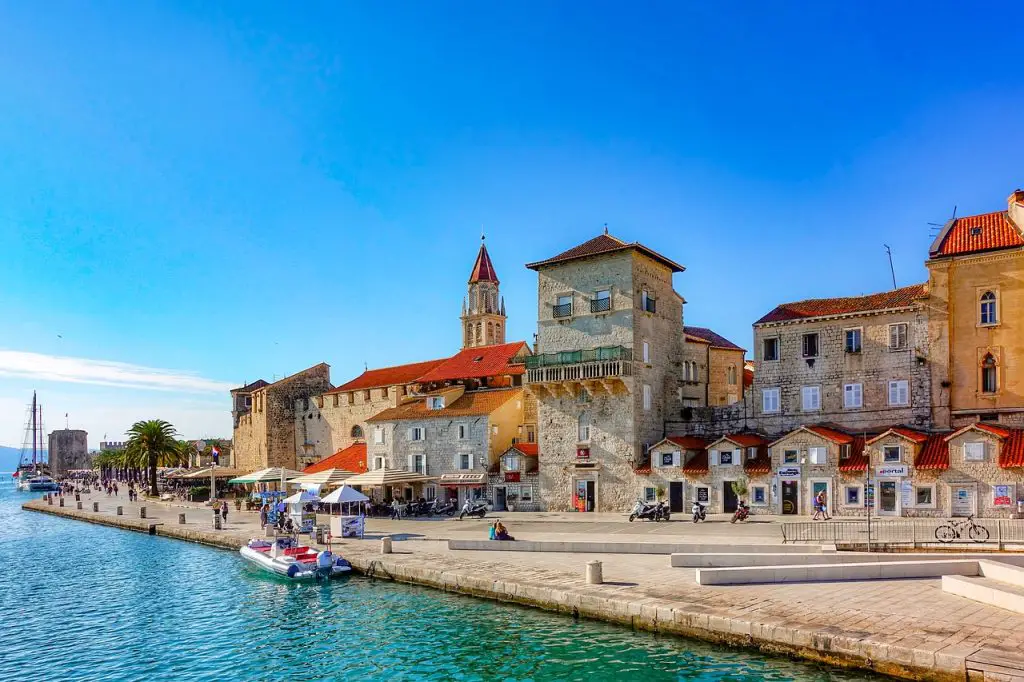
D. Zadar
Zadar is an ancient coastal city, known for its Roman and Venetian ruins, as well as modern attractions like the Sea Organ and Greeting to the Sun. Must-see sites include:
Sea Organ: An art installation that uses the power of waves to create unique, soothing music.
Greeting to the Sun: A solar-powered art installation that produces a mesmerizing light show after sunset.
St. Donatus Church: A unique circular church built in the 9th century on top of a Roman forum.
E. Pula
Pula is a city located on the Istrian Peninsula, famous for its well-preserved Roman amphitheater and other ancient sites. Top attractions are:
Pula Arena: A Roman amphitheater built in the 1st century, still hosting concerts and events today.
Temple of Augustus: A Roman temple dedicated to the first Roman Emperor, Augustus.
Brijuni National Park: An archipelago of islands offering diverse flora and fauna, archaeological sites, and beautiful beaches.
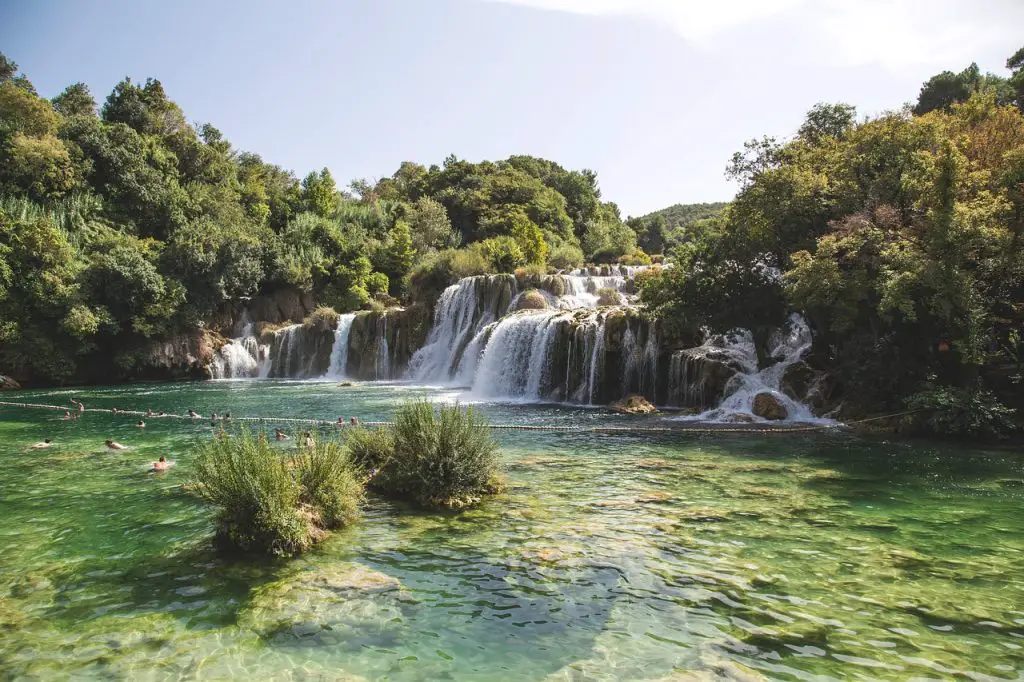
III. Natural Wonders
A. Plitvice Lakes National Park
This UNESCO World Heritage site is home to 16 interconnected lakes, cascading waterfalls, and lush forests. Visitors can explore the park via wooden boardwalks and enjoy the stunning natural beauty.
B. Krka National Park
Krka National Park features a series of waterfalls, including the famous Skradinski Buk, and the charming Visovac Island. Visitors can swim in designated areas and explore the park’s rich flora and fauna. Other popular attractions within the park include the ancient Krka Monastery, Roški Slap waterfall, and the picturesque town of Skradin. Guided tours, boat trips, and hiking trails are available, making it an ideal destination for nature lovers and outdoor enthusiasts.
C. Paklenica National Park
Located on the southern slopes of the Velebit Mountain range, Paklenica National Park is a paradise for hikers and rock climbers. The park boasts impressive canyons, dense forests, and diverse wildlife. Key highlights include the Manita Peć cave, featuring stunning stalactite and stalagmite formations, and the Velika and Mala Paklenica canyons, which offer challenging climbing routes and panoramic views.
D. Mljet National Park
Situated on the island of Mljet, this national park is renowned for its two saltwater lakes, Veliko Jezero and Malo Jezero, as well as its lush forests and rich biodiversity. Visitors can enjoy hiking, cycling, kayaking, and swimming in the crystal-clear waters. The park also features the picturesque St. Mary’s Island, home to a 12th-century Benedictine monastery.
E. Kornati National Park
Comprising 89 islands, islets, and reefs, Kornati National Park is a nautical paradise ideal for sailing, snorkeling, and diving. The park’s unique karst landscape, combined with its rich marine life, offers an unforgettable experience for visitors. Charter a boat or join a guided tour to explore this breathtaking archipelago.
IV. Croatian Cuisine
Croatian cuisine varies by region, reflecting diverse cultural influences and local ingredients. Some must-try dishes include:
A. Ćevapi: Grilled minced meat sausages, typically served with flatbread, chopped onions, and ajvar (a red pepper sauce).
B. Peka: A slow-cooked meat and vegetable dish, traditionally prepared in a bell-shaped lid covered with hot coals.
C. Pašticada: A slow-cooked beef stew with prunes, red wine, and vegetables, typically served with homemade gnocchi.
D. Black Risotto: A squid ink risotto dish, made with cuttlefish or squid, garlic, and white wine.
E. Fritule: Sweet, deep-fried dough balls, often flavored with rum, citrus zest, and raisins.
V. Practical Information
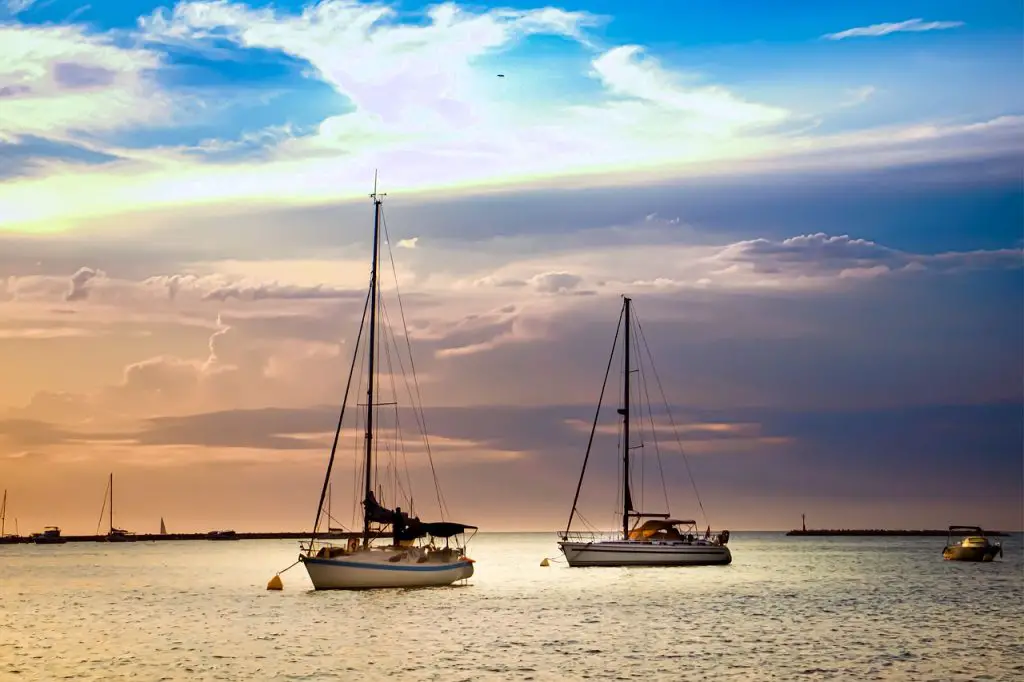
A. Best Time to Visit
Croatia experiences a Mediterranean climate along the coast and a continental climate inland. The peak tourist season is from June to August, when the weather is warm and sunny. However, visiting during the shoulder seasons (April-May and September-October) offers pleasant temperatures, fewer crowds, and lower prices.
B. Transportation
Croatia is well-connected by air, road, and sea. International airports can be found in major cities like Zagreb, Split, Dubrovnik, and Zadar. The country also boasts an extensive bus network, which is often the most convenient and cost-effective way to travel between cities. For island-hopping, a combination of ferries, catamarans, and local boats is available.
C. Currency
The official currency in Croatia is the Croatian Kuna (HRK). ATMs are widely available, and credit cards are accepted in most hotels, restaurants, and shops. However, it’s always a good idea to carry some cash for smaller establishments and local markets.
D. Language
Croatian is the official language, but English is widely spoken, particularly in tourist areas. Learning a few basic phrases in Croatian, like “hvala” (thank you) and “molim” (please), can help you better connect with locals and enhance your travel experience. Other useful phrases include “dobar dan” (good day), “govorite li engleski?” (do you speak English?), and “koliko košta?” (how much does it cost?).
E. Safety
Croatia is generally a safe country for tourists, with low crime rates and a welcoming atmosphere. However, as with any destination, it’s important to take common-sense precautions. Keep an eye on your belongings, especially in crowded tourist areas, and be cautious when walking alone at night. Additionally, pay attention to local weather warnings, particularly if you plan to engage in outdoor activities.
F. Accommodation
Croatia offers a wide range of accommodation options, from luxury hotels and resorts to budget-friendly hostels and guesthouses. Private apartments and holiday homes are also popular choices, particularly along the coast and on the islands. Booking in advance is recommended, especially during the peak season, to ensure you secure your preferred accommodation.
VI. Sample Itinerary
Day 1-2: Zagreb
Explore Ban Jelačić Square, Zagreb Cathedral, and Lotrščak Tower.
Visit the Museum of Broken Relationships, the Croatian Museum of Naïve Art, and the Mirogoj Cemetery.
Enjoy local cuisine at a traditional konoba (tavern).
Day 3-5: Split and surrounding islands
Discover Diocletian’s Palace, Riva Promenade, and Marjan Hill.
Take a day trip to the nearby islands of Hvar, Brač, or Šolta, exploring their picturesque towns, beaches, and vineyards.
Day 6-7: Dubrovnik
Walk the City Walls and stroll along Stradun in the Old Town.
Take the cable car to Mount Srđ for panoramic views.
Visit Lokrum Island, a nature reserve just off the coast of Dubrovnik.
Day 8-9: Zadar and Plitvice Lakes National Park
Experience the Sea Organ and Greeting to the Sun in Zadar.
Spend a full day exploring Plitvice Lakes National Park, taking in the mesmerizing waterfalls and lakes.
Day 10-11: Pula and Istria
Visit the Pula Arena, Temple of Augustus, and Brijuni National Park.
Explore the charming hilltop towns of Istria, such as Motovun, Grožnjan, and Hum.
Day 12-14: Island hopping and national parks
Sail through the Kornati National Park, enjoying the unique landscapes and marine life.
Visit Krka National Park, swimming in the refreshing waters and exploring the picturesque surroundings.
Relax on the beautiful beaches of Mljet National Park, surrounded by lush forests and turquoise waters.
This Croatia Itinerary Travel User Guide serves as a comprehensive introduction to the diverse experiences awaiting you in this captivating country.
From historic cities and stunning natural wonders to delicious local cuisine, Croatia is sure to leave you with unforgettable memories.
